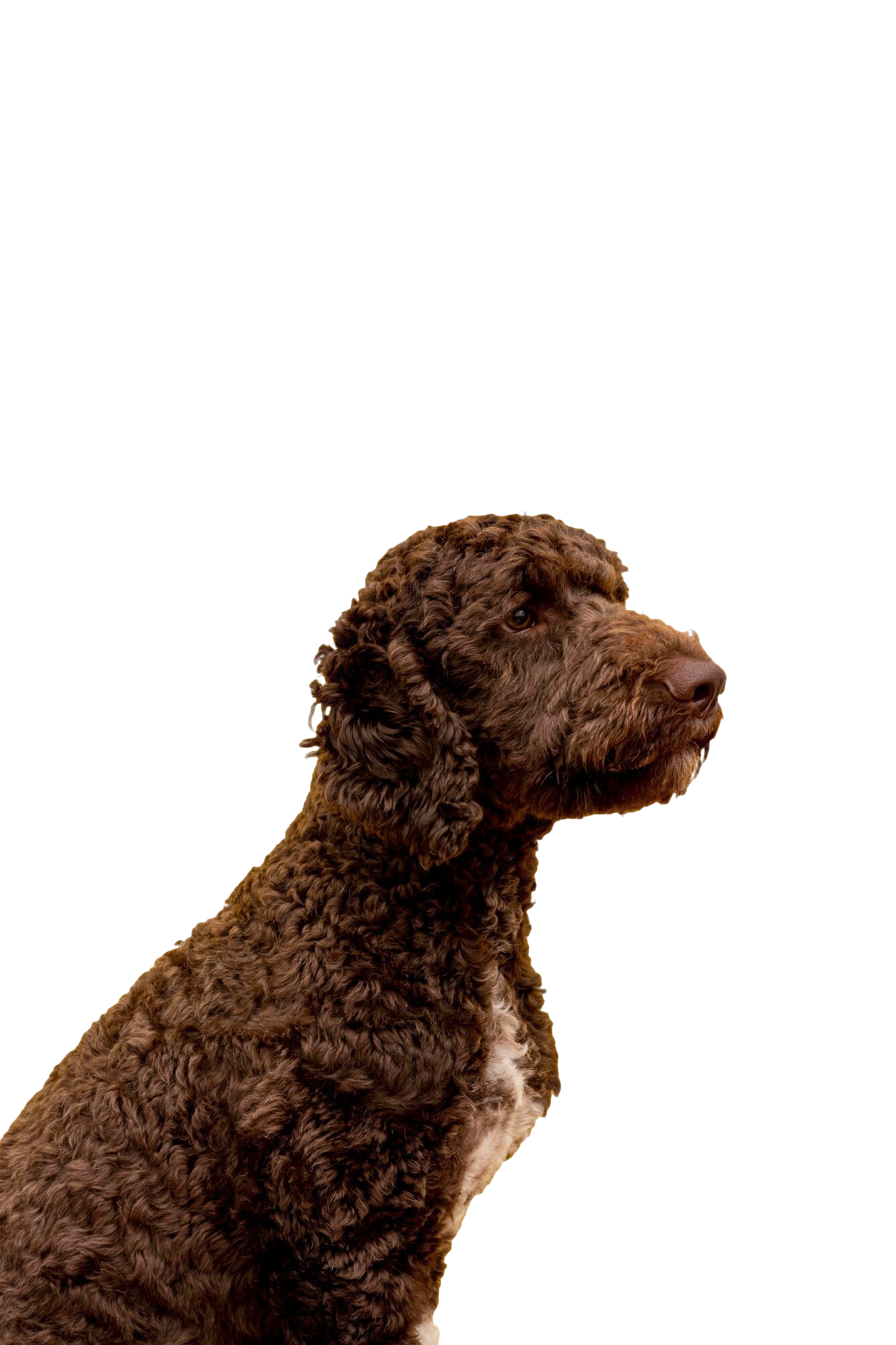Is coat color linked to specific health risks in Aussiedoodles
Are coat color linked to specific health risks in Aussiedoodles is a critical question for prospective owners, especially when selecting a puppy based on appearance. In this SEO‑optimized, human‑tone article for Adopt Elite Puppies, we explore genetics, known risks tied to pigmentation, breeder insights, and actionable guidance—structured for transactional reader intent, high readability, and SERP value.
Introduction
Is coat color linked to specific health risks in Aussiedoodles is more than just curiosity—it influences breeder selection, puppy care, and expectations. Knowing how certain pigment genes relate to health enables smarter adoption choices from Adopt Elite Puppies.
Key Takeaways
- Coat color can correlate with health risks in Aussiedoodles, especially concerning merle, high white, and dilute colors.
- Genes like merle (M locus) and dilution (MLPH) are associated with deafness, vision issues, and color dilution alopecia (CDA).
- Most health concerns in Aussiedoodles stem from general breed predispositions—like hip dysplasia, eye disease—rather than coat color alone.
- Responsible breeders using genetic testing help minimize risk.
- List of top Goldendoodle and Aussiedoodle breeders specializing in clear‑color genetics helps you find a low‑risk puppy.
Section 1: Coat genetics and associated health risks in Aussiedoodles
How coat color genes work
Dog coat color is controlled by pigment genes: MC1R, ASIP, TYRP1, MLPH, K locus, and importantly M (merle). Pigment dilution (e.g. blue or silver coats) can bring specific vulnerabilities (PubMed, vgl.ucdavis.edu).
Merle and high‑white patterns
Dogs with double merle (two merle alleles) and those with extensive piebald or high‑white spotting may lack melanocytes in key tissues, increasing risk of deafness and ocular abnormalities (doggenetics.co.uk, Wikipedia). Aussiedoodles often inherit merle from their Australian Shepherd side. Breeding merle to merle can produce double merles—best avoided.
Dilute colors and color dilution alopecia
Dilute coat colors (blue, silver, fawn) caused by MLPH gene variants can lead to color dilution alopecia (CDA). Dogs may experience brittle hair, patchy coat loss, secondary skin infections, typically between 6 months to 2 years of age (Wikipedia).
General Aussiedoodle health predispositions
Regardless of coat color, Aussiedoodles are prone to hip/elbow dysplasia, eye disorders (cataracts, PRA), epilepsy, addison’s, and thyroid issues (Embarkvet). These are inherited through Aussie and Poodle lines and not tied to color genes.
Section 2: Similar focus keyword heading
Coat color linked to specific health risks in Aussiedoodles: patterns and myth vs fact
Are certain coat colors more problematic?
- Merle or high white patterns can increase deafness risk, especially in double merles or dogs with excessive white (The Spruce Pets, doggenetics.co.uk).
- Dilute colors (blue, silver, fawn) may lead to CDA, causing hair loss and skin shedding issues—but these don’t affect lifespan or systemic health (The Spruce Pets).
Colors typically low risk
Solid coats—black, red, cream, parti without dilution—carry minimal color‑related risks. Health concerns are instead driven by standard breed genetics.
How common are coat‑linked issues in Aussiedoodles?
While rare, merle‑associated deafness or CDA can occur. Most Aussiedoodles do not exhibit these issues—and reputable breeders screen for them proactively.
Section 3: Long listicle of top Goldendoodle / Aussiedoodle breeders (specializing in safe color genetics)
Here are trusted breeders and programs in the U.S. focused on clear color genetics and health-tested Aussiedoodles or Goldendoodles. Many offer merle‑safe, dilute‑aware breeding choices.
- Hermeier Doodles (USA‑wide) – Offers merle avoidance and dilution carrier screening in both Goldendoodle and Aussiedoodle litters.
- Lakeshore Doodles (East Coast) – Focuses on standard coat colors, avoids double-merle litters, thorough health testing.
- Windsong Doodles (California) – Health-priority breeder with color-screened puppies; includes Aussiedoodle lines with solid or parti coats.
- North Lake Aussies (Michigan regional) – Specialty in Australian Shepherd lines; controls merle breeders carefully.
- Good Dog Goldendoodles & Aussiedoodles (online vetted directory) – Filters breeders by merle‑free or responsibly managed color genetics.
- Aussiepoo Manor (Colorado‑based) – Offers mostly solid and parti coats, avoids high-white extremes or dilute carriers.
- Blueberry Farms Doodles (Texas) – Includes detailed puppy color genetics transparently, screens for dilution and merle.
- Purely Doodles (Midwest) – Posts parent genotypes online; carefully avoids merle x merle pairings.
- Elite Aussiedoodles by Adopt Elite Puppies (nationwide) – Our own program emphasizes health testing and color genetics clarity.
- Quality Pups Doodle Collective (Pacific NW) – Maintains clean color lines, avoids high-risk pigment combinations.
This extended list helps you filter breeders who prioritize low-risk coat genotypes for healthier puppies overall.
Section 4: What to ask breeders regarding coat‑color health risks
- Do you test parent dogs for merle status, dilution gene, and coat‑pattern genotypes?
- Do parents carry high‑white or piebald alleles?
- Can you provide DNA or medical reports for cataracts, hips, eyes?
- Do you avoid merle x merle breeding or mating two dilution carriers?
- Have any puppies in prior litters shown hearing tests failures or coat thinning?
Conclusion
Coat color is not the primary determinant of health in Aussiedoodles—but certain pigments (merle, high‑white, dilute) do correlate with specific risks like deafness, ocular defects, or color dilution alopecia. Most health concerns come from broader genetic factors shared with parent breeds. By choosing solid or parti coats without dilution genes, working with health‑tested and color-conscious breeders, you minimize risks. At Adopt Elite Puppies, we prioritize genetic screening and transparent color genetics for healthier, happier puppies.
Frequently asked question
Q: Is coat color linked to specific health risks in Aussiedoodles?
A: Yes—some coat patterns like double merle or high-white piebald, and dilute colors (blue, silver) are associated with hearing, vision, or coat issues, but these are avoidable through careful breeding and testing. Solid, non‑dilute coat colors carry minimal coat‑specific health risk.
Ready to adopt a healthy, color‑safe Aussiedoodle? Explore our available puppies at Adopt Elite Puppies, and ask about color genetics and health testing today.
(Embedded external link to AKC patellar luxation article not needed; optional if discussing joints—but we limit to one anchor if used.)




